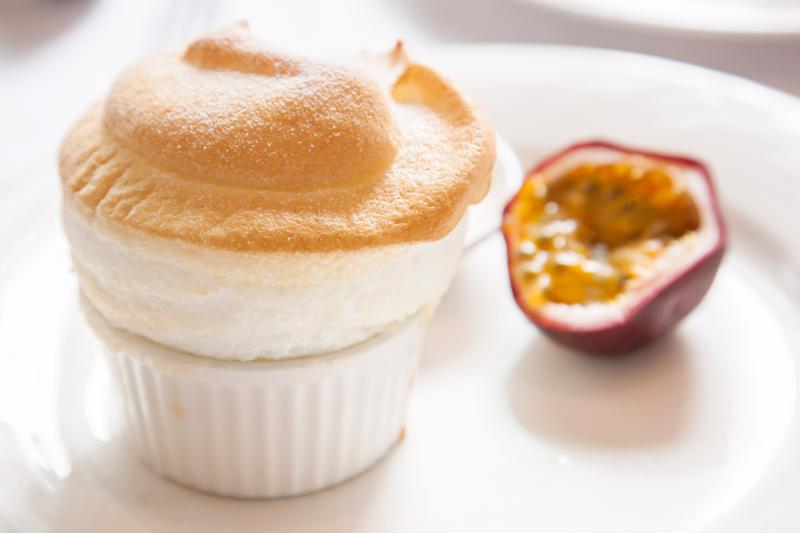Desserts are generally sweet, a punctuation mark at the end of a good meal or a treat used as a little pick-me-up during the day. However, desserts often thrive with experimentation and the addition of a variety of new flavors. One trend that’s gaining steam in the world of pastry arts chefs is the addition of passion fruit and other less-common fruits to dishes. Let’s look at how Austin pastry arts school students and current chefs alike can effectively experiment with new flavors.
 Passion fruit can be a welcome addition to a variety of desserts.
Passion fruit can be a welcome addition to a variety of desserts.Understanding the rise in passion fruit’s popularity
Nation’s Restaurant News discussed the rise in passion fruit’s popularity in recent years, noting that the tropical fruit has migrated from limited applications in fine dining to a variety of uses in a broader range of restaurants. Just a few of the desserts noted by NRN include a chocolate cheesecake with passion fruit puree and a vegan passion fruit chocolate mousse with macadamia nuts and cocoa nibs. There’s also a donut with a mango-passion fruit glaze studded with white chocolate pearls. All of these examples show that passion fruit can be adapted to a number of different desserts, whether mixed into a traditional recipe or serving as the centerpiece of a new dish.
Passion fruit’s unique characteristics likely helped it get a moment in the sun as a popular dessert ingredient. The mix of sweet and tart flavors lends itself to a variety of uses. Chefs can feature or mask those tastes as needed in concert with the rest of the dessert’s ingredients and the desired flavor of the final product. It’s also important to consider passion fruit’s aura of novelty. While it’s often available at supermarkets and grocers with robust selections, it has a reputation as a tropical item, one that the average home cook might not work with. That’s true even though passion fruit is grown domestically, including in Texas during the winter.
Incorporating less-common flavors into your own dishes
There’s a long list of fruits that aren’t that common in desserts but may be often or seasonally available. A good place to start can be your own tastes, imagining how to combine some fruits you’ve tried in the past with dessert recipes that could use a new ingredient or unique touch. You can also consider starting your search with these options that are often available from wholesale restaurant distributors or local markets and grocery stores.
- Kiwi: While not unknown to most diners, kiwi isn’t as common a purchase as apples or bananas. Using it’s unique, sweet flavor in a glaze, mousse or cake can create a standout dessert.
- Cherimoya: The texture of this South American fruit has been described as creamy or similar to custard. It has a flavor that evokes other popular fruits, like pineapple and strawberry. If you have a South American market nearby, Ritely noted, you can likely find this fruit and experiment with using purees, preserves and other preparations.
- Cucamelon: The cucamelon has a tart taste that’s balanced with the mild, familiar flavor of cucumber. Cucamelons are native to Mexico and South America, as Southern Living pointed out. They have a number of other names, such as Mexican sour gherkin and mouse melon. While it likely isn’t a leading flavor in a dessert, a pureed or pickled cucamelon can be a novel way to spice up a variety of sweet dishes.
The first step to crafting unique desserts is to build a strong foundation in pastry arts. Get in touch with us today to learn more about starting your culinary career.


